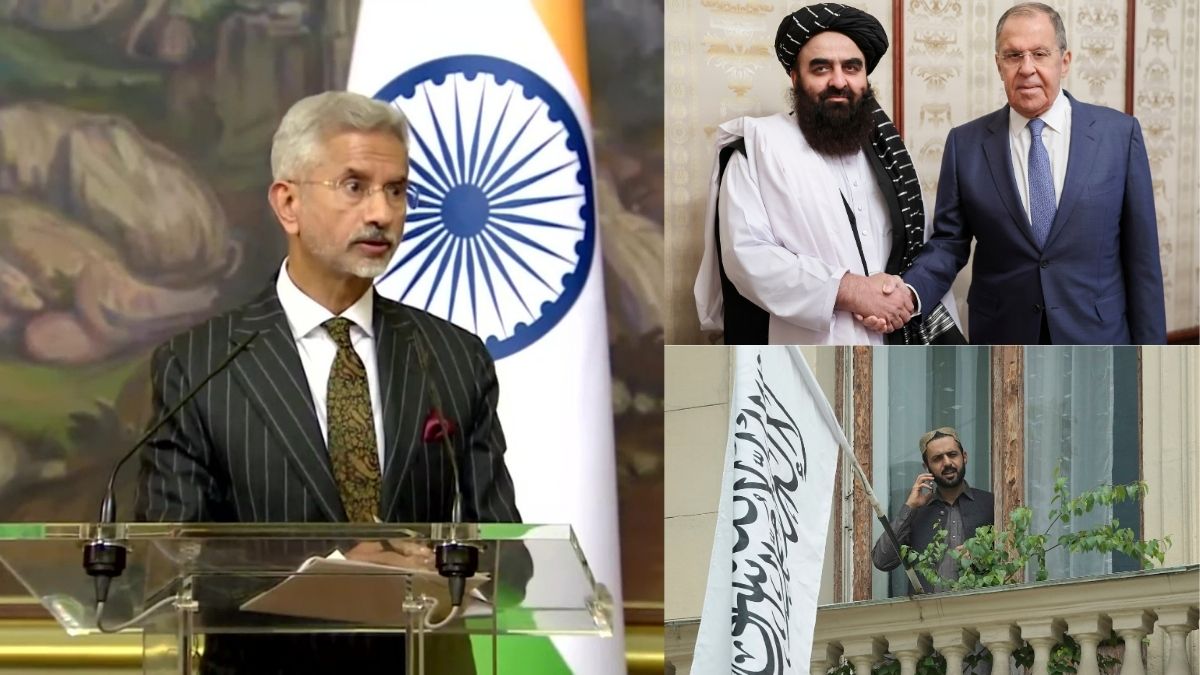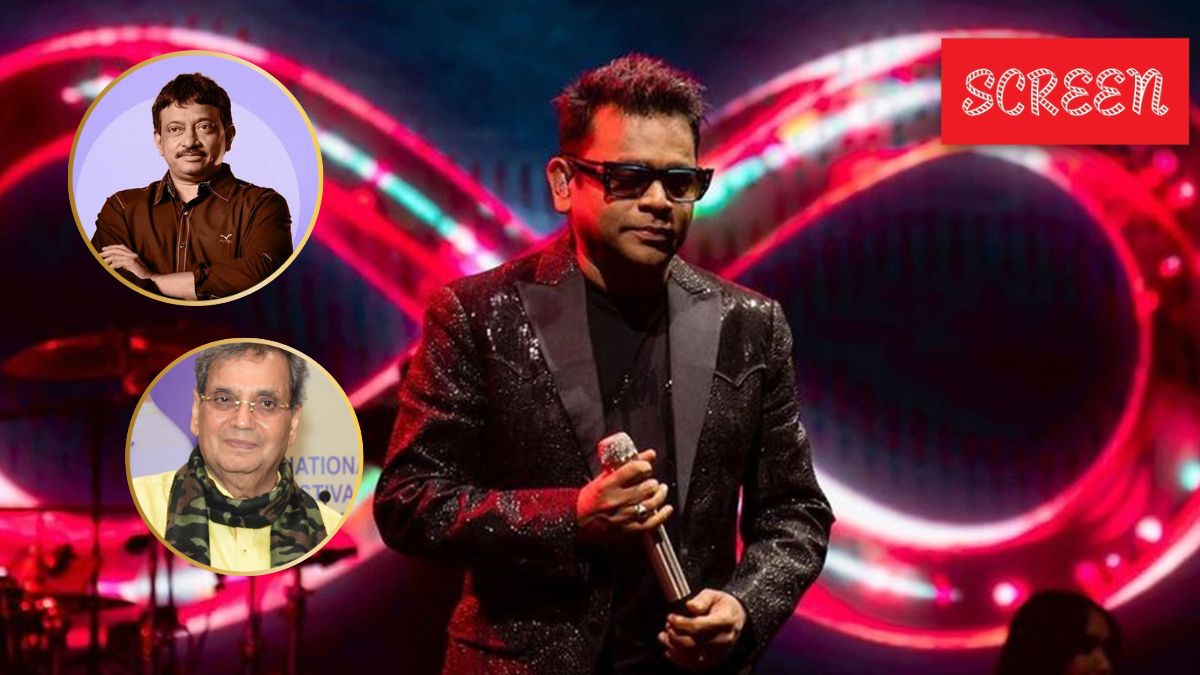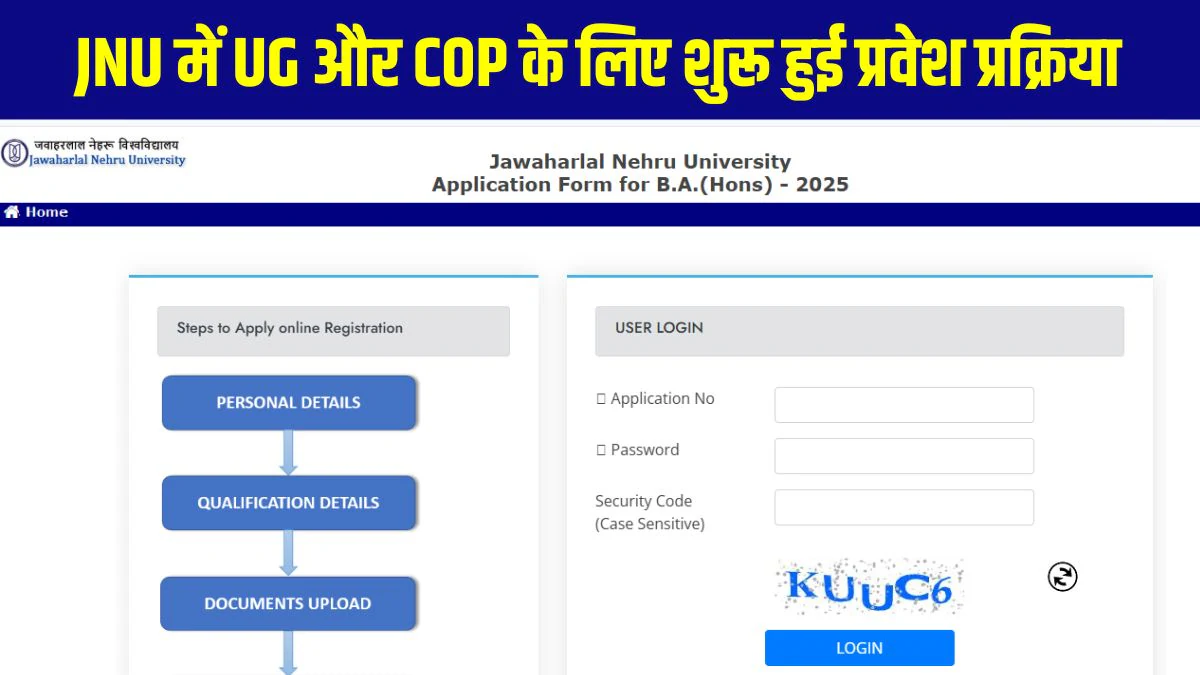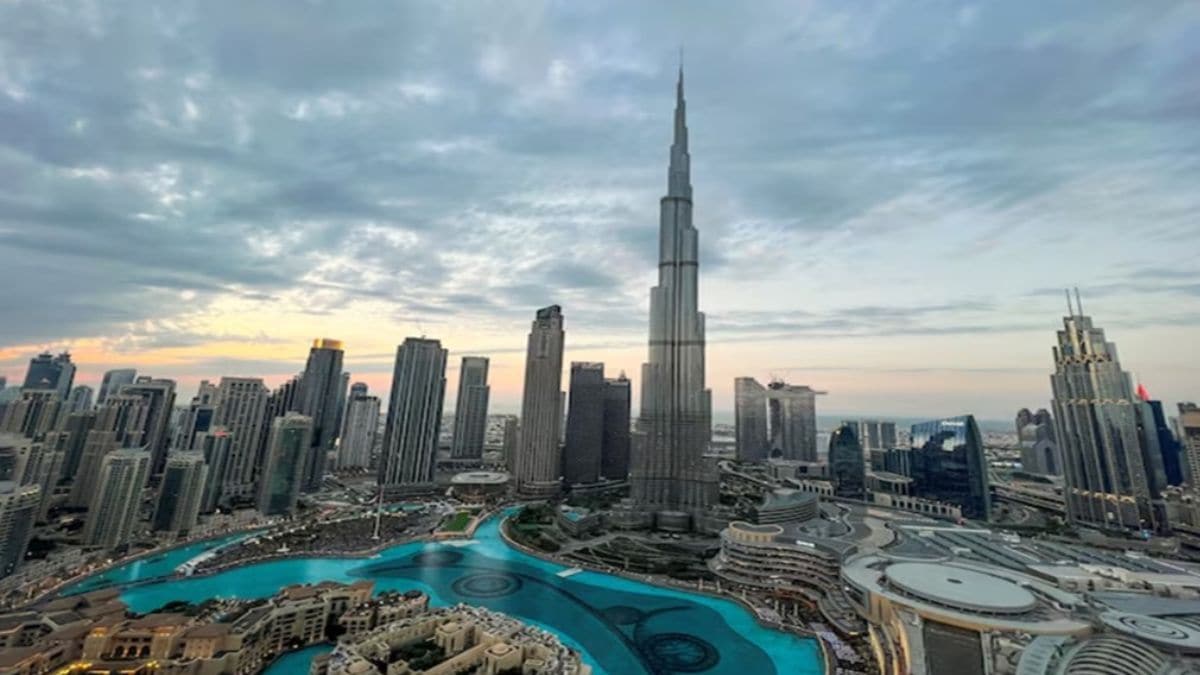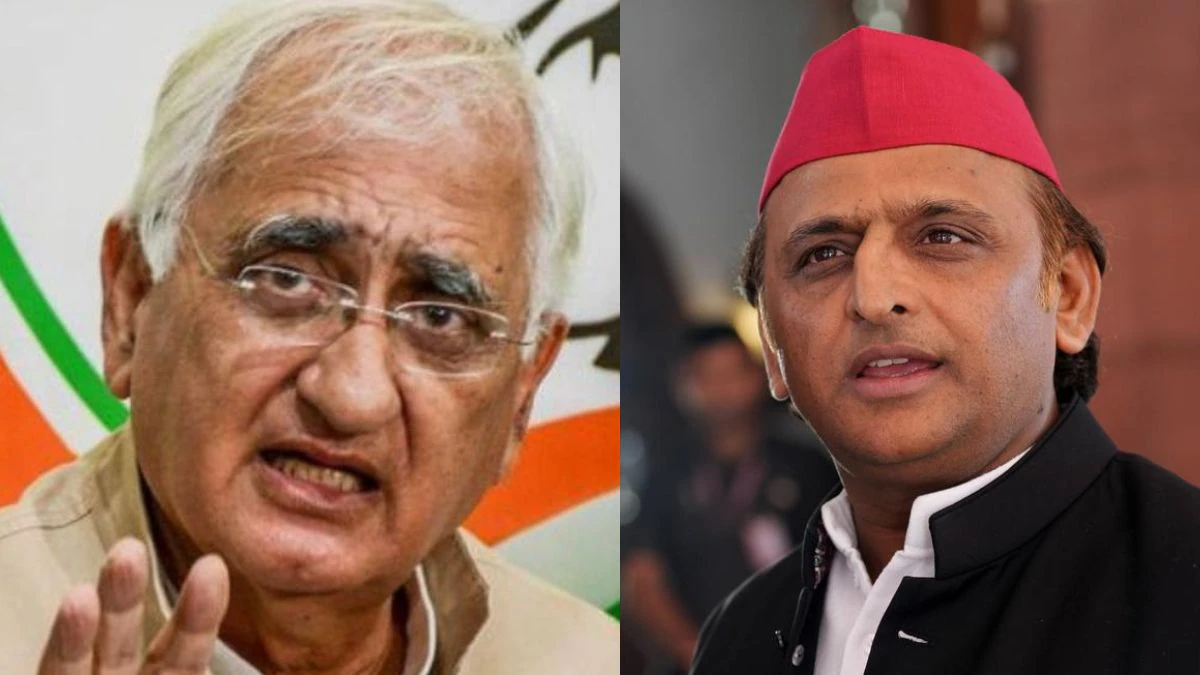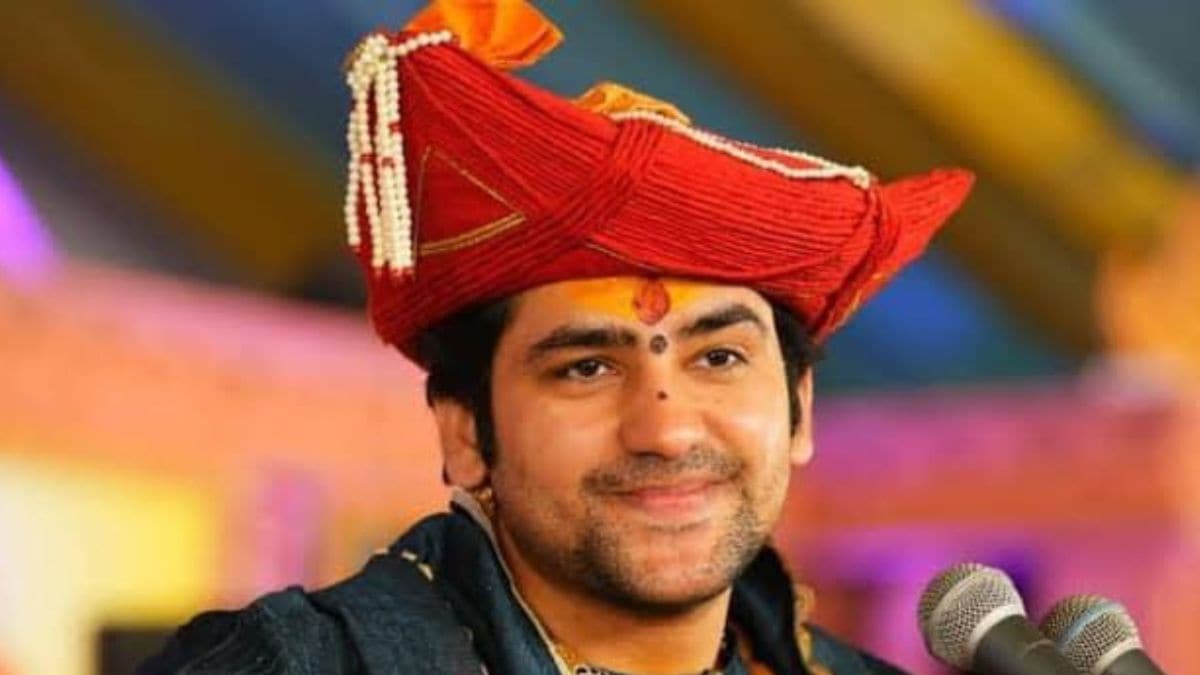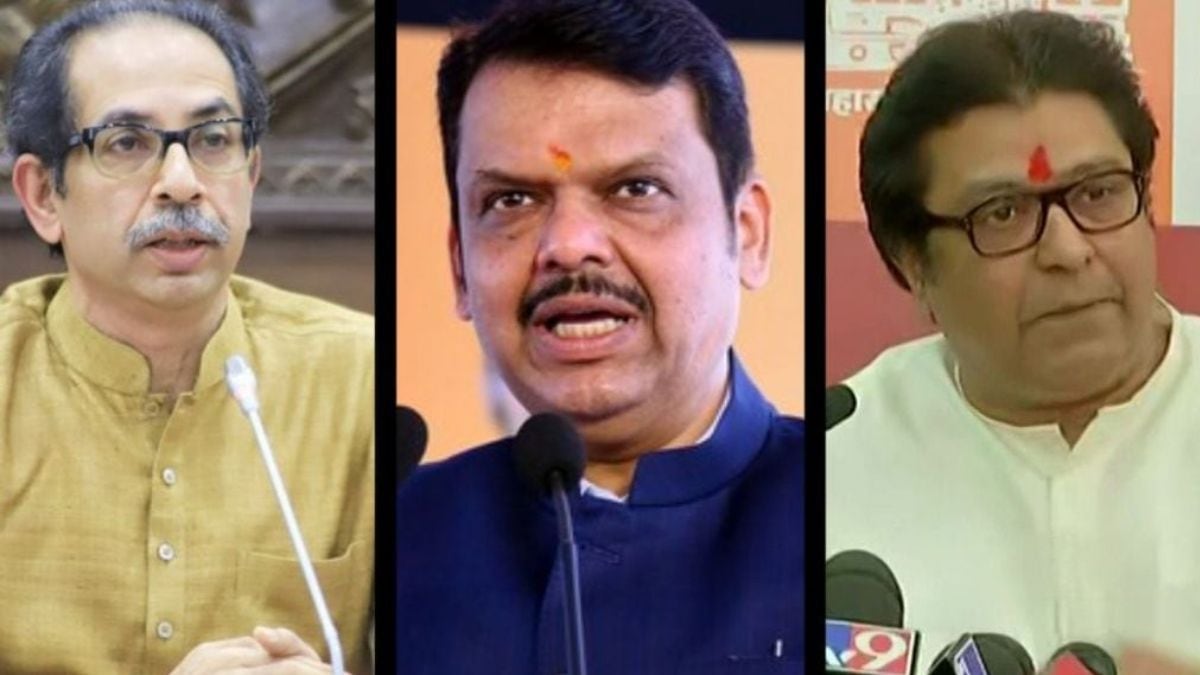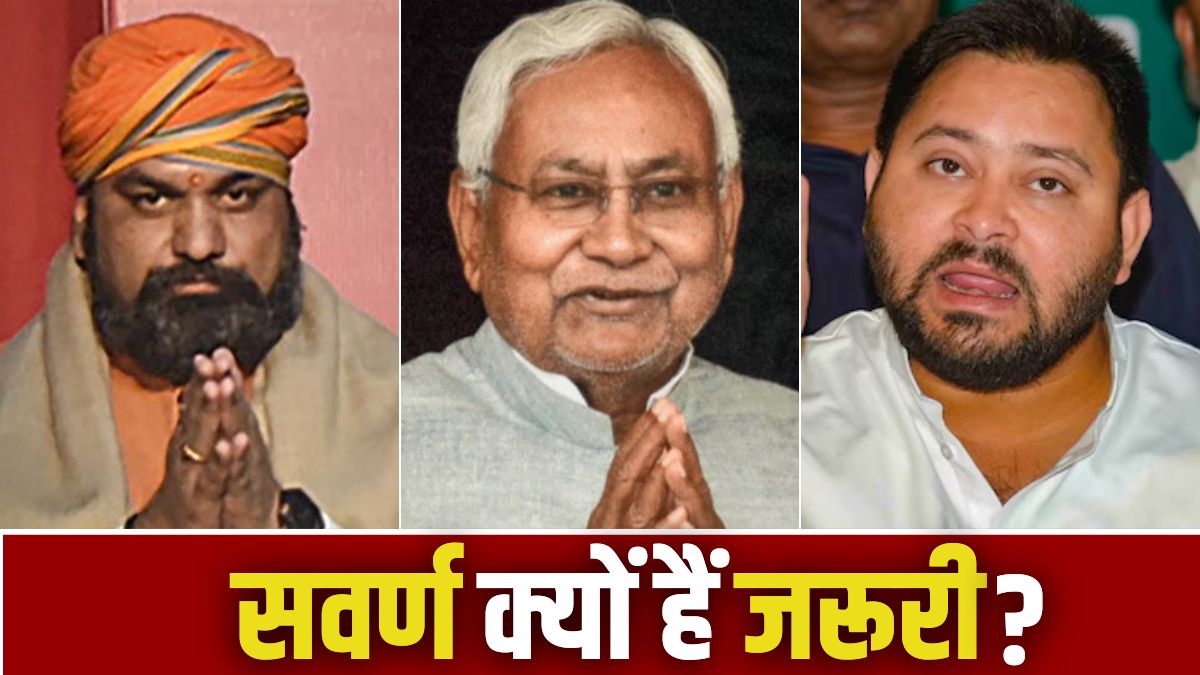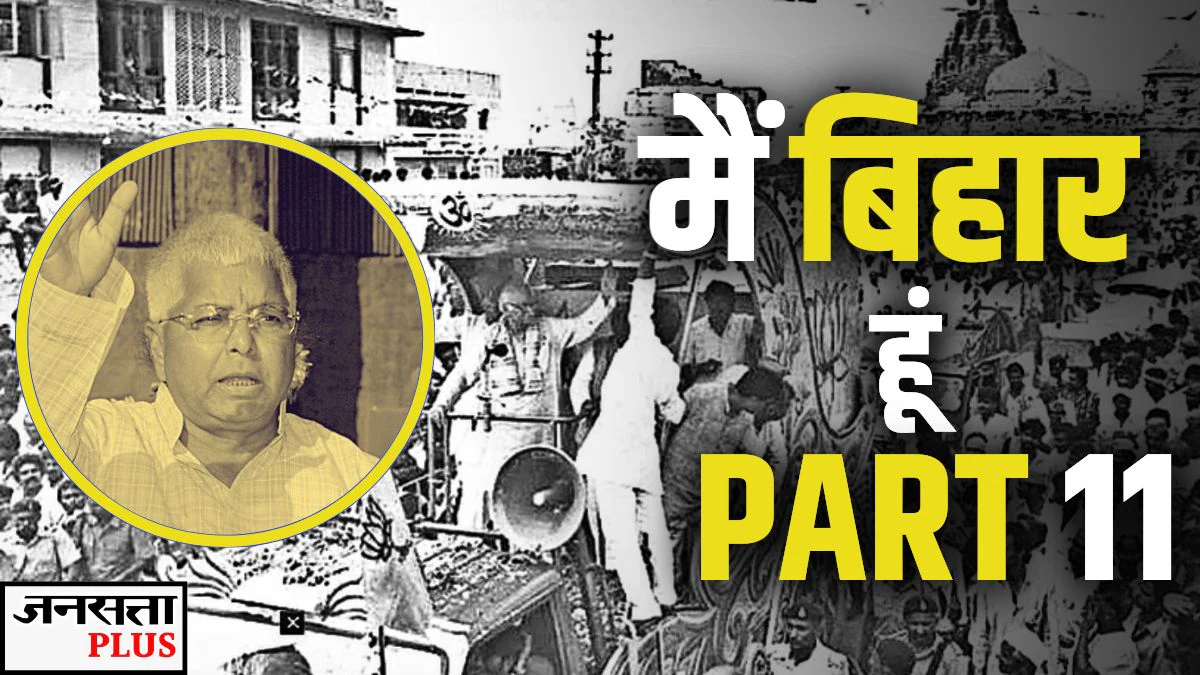A hologram that brings Lord Ram to life, an immersive journey into the events of the Ramayana, and a section that chronicles the 200-year-long Ram Temple movement. Days ahead of the first anniversary of Ram Mandir’s inauguration, a plan has been firmed up for another landmark in Ayodhya — the Ram Katha Museum, which will be housed at the erstwhile sangrahalaya (archives) building, 4 kilometres from the temple site.
The museum, which will also showcase the findings from archaeological excavations to offer “concrete evidence of the temple’s ancient roots”, will span over 40,000 square feet and become the second-largest attraction in Ayodhya once completed, The Indian Express has learnt.
The project is in the concept and design stage, after which a detailed project report (DPR), including architecture drawings, will be finalised. While the state government owns the building, the temple trust will fund the project, which is estimated to be completed in the next two years.
“The focus will be on getting the right design, content and technology that caters to visitors of all ages,” Saurav Bhaik, CEO of Tagbin, tasked with implementing the project, told The Indian Express.
During the excavations at the temple site conducted by the Archaeological Survey of India (ASI) under the supervision of the Supreme Court, numerous artefacts and objects related to the ancient temple were unearthed. “Over 100 objects, including fragments of statues, pillars, and wall panels, were discovered. These findings provide substantial evidence of the existence of an ancient temple at the site. The museum will have a few of these on display,” Bhaik said.
Besides showcasing findings from archaeological excavations that will provide “concrete evidence” of the temple’s ancient roots, it will also hold archival records documenting the movement’s evolution. “Through these elements, the museum will not only present the historical and cultural importance of the Ram Temple but also capture the emotions and dedication of those who contributed to this monumental legacy,” Bhaik said.
Spanning three floors – lower ground, ground, and first – the museum will be organised into 26 sections, each offering a unique perspective on the life and legacy of Lord Ram, as per the plan. Complementing these sections will be a projection mapping display on the museum’s facade.
After an introductory segment providing an overview of the museum’s offerings, the ‘Ram Darbar’ section will offer a holographic depiction of Lord Ram’s court; followed by ‘Ikshwaku Vanshavali’, the family tree of his dynasty; ‘Sabke Ram’, showcasing his time through a series of stories; a section on Ram Katha in different countries; ‘Ram Van Path’, a ramp adorned with images of places he visited during his exile; and ‘Maharshi Valmiki’s Holobox’, featuring the Ramayana and Yog Vasistha through interactive 3D displays.
Coming to the present time, an entire section is devoted to the architecture of the new Ram Temple; ‘Sri Ram Janmabhoomi Sangharsh Yatra’, chronicling the journey of the Ram Janmabhoomi movement; a section on Ayodhya’s history through a holographic show; ‘Odyssey of Hanuman’ by IIT-Madras, showcasing Lord Hanuman’s journey; and a real-time view of Ram Lalla from the Garbh Griha of Shri Ram Mandir. Besides, there will be temporary exhibitions from time to time.
The project aims to transport visitors through time with immersive technologies like AR, VR and AI. “The highlight will be a hyper-realistic statue of Lord Ram that not only showcases intricate hand movements but also speaks, offering an interactive experience. The goal is to provide visitors with an immersive journey through the Ramayana as if they are witnessing the events unfold in real time,” Bhaik said.
On the sources for the temple movement, Bhaik said that the movement is a fully documented case of the Supreme Court, which involved the Nirmohi Akhara, the Vishwa Hindu Parishad and the Sunni Waqf Board. “This movement traces a 200-year-long journey, beginning in 1822, encompassing legal, cultural, and historical milestones,” he said. “The storyline of this movement will have input from experts across various fields to ensure historical accuracy and sensitivity and will go through thorough review and approval.”
Meanwhile, as per the temple construction committee, the construction of the first and second floors including the shikhar of the temple along with other significant temples has entered the last phase, with a likely completion schedule by June this year.
The temple was inaugurated on January 22 last year, and the trust is celebrating the first anniversary of the pran pratishtha ceremony on January 11, as per the Hindu calendar.
Stay informed with access to our award-winning journalism.
Avoid misinformation with trusted, accurate reporting.
Make smarter decisions with insights that matter.



